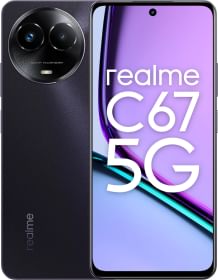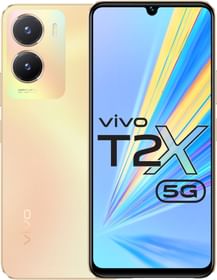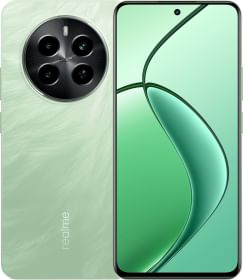In 2023, Apple leaped in terms of innovation when the brand announced its first Mixed Reality Headset, Apple Vision Pro. The headset will reportedly start selling in February this year and is loaded with never-seen-before features. Now, to give a tough fight to Apple Vision Pro, leading chipmaker Qualcomm has launched its VR Chipset- Snapdragon XR2+. It has been made for virtual and mixed-reality headsets that will compete with Apple Vision Pro in the forthcoming years.
Qualcomm claims that brands like Samsung and Google are planning their own Mixed Reality Headsets and they will use this newest chipset in their devices. Earlier, Microsoft and Meta devices were powered by Qualcomm’s XR chipset.
The capabilities of the Snapdragon XR2+ chipset indicate what all headsets from Google and Samsung will be able to do when they go official.
ALSO READ: Water heater and geyser buying guide: Know how to make the perfect buying decision?
ALSO READ: Xiaomi Redmi Note 13 5G Series Launched in India: Price starts at INR 16,999
Snapdragon XR2+ Chipset: Features
The Snapdragon XR2 SoC powered Meta Quest 3 which came with decent graphics, external camera support, AI possibilities, and color passthrough camera quality. The Plus variant claims to make the headsets even more premium. Apart from Google and Samsung, Qualcomm has confirmed HTC, Vive, and Immersed using their new VR chipset.
The Snapdragon XR2+ will support 4K displays and better passthrough mixed reality. It will give more simultaneous camera and tracker performance, which will include eye-tracking and full body tracking depending on how brands will design their devices. The XR2+ will support up to 4.3K pixel resolution per eye and a 90Hz refresh rate.
The pass-through camera quality is also claimed to have been improved. Said Bakadir, Qualcomm’s senior director of product management confirmed that the SoC will support better camera resolutions and display images in more detail on better displays. Apple Vision Pro has decent cameras and brands like Samsung will definitely want to have something equal if not better on their VR devices.
The XR2+ chipset will feature more sensors as it will be able to support up to 12 cameras and sensors simultaneously. Cameras can be related to motion tracking, external video capturing, depth sensing, etc. along with eye and face-tracking movement cameras.

In-controller camera sensors, full body tracking sensors, and more sensors might also be a part of these 12 cameras. Some reports claim that Samsung and Google are planning to use radar-based Soli sensor tech for near-body gesture tracking.
The Snapdragon XR2+ chipset will be WiFi 7 capable which means in terms of connectivity, it will offer more options. Since Qualcomm already has split rendering and has been looking for ways to integrate AR glasses and smartphones to work seamlessly, such cross-device relationships might strengthen with the XR2+ SoC. The chipset is also expected to be loaded with AI capabilities.
Just like Vision Pro can connect to Macs, Samsung, and Google would also want their headsets to seamlessly connect with Android OS devices.
Though Samsung as well as Google have been tight-lipped about their VR Headset plans, the VP of AR at Google did hail the launch of the XR2+ chipset saying, “We’re excited for the Android ecosystem to take advantage of Snapdragon XR2 Plus Gen2’s capabilities and enable new experiences.”
You can follow Smartprix on Twitter, Facebook, Instagram, and Google News. Visit smartprix.com for the most recent news, reviews, and tech guides.































